Amazon FBA vs MFN: Which Fulfillment Option Is Better For Amazon Sellers?
- 22/10/2022
- Philip K
On the Amazon platform, there are two ways of logistics, one is MFN self-delivery, and the other is FBA warehousing logistics. Amazon platform allows more sellers to choose FBA service by tilting traffic. However, before choosing FBA service, it is necessary to ensure the sales of products, otherwise, the unsalable cost will be higher. The most convenient thing about MFN is that it can be used to test new products, and its price and cost are lower.
Next, let’s discuss which fulfillment option is better for amazon sellers.
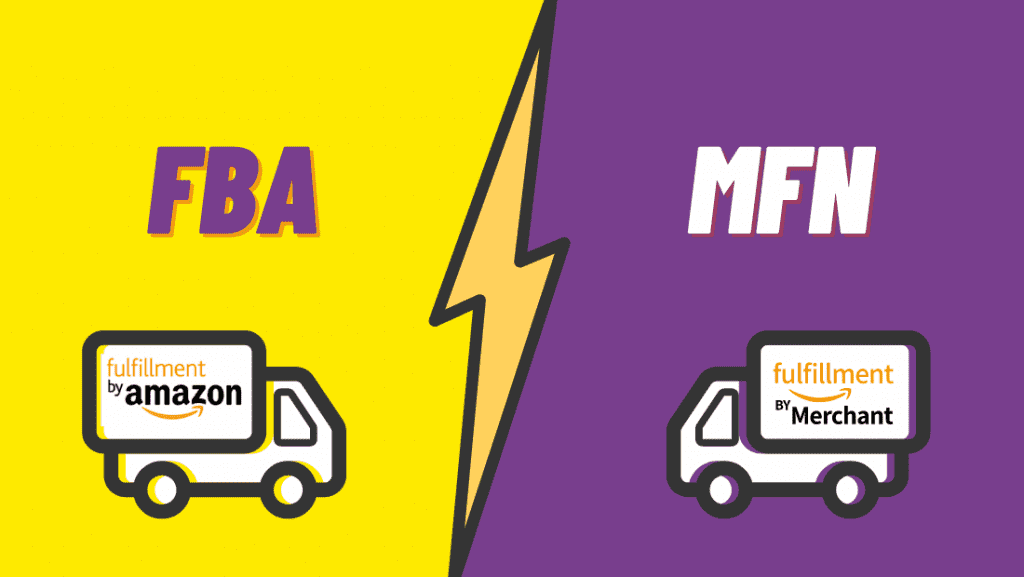
What is FBA in Amazon?
FBA is called Fulfillment By Amazon(also called Amazon AFN), that is, Amazon Logistics. It means that the seller sends goods to Amazon’s FBA warehouse in large quantities, and then Amazon is responsible for warehousing. When the goods are sold, Amazon will sort, package, and deliver the orders, and provide customer services such as pre-sales consultation and after-sales treatment for these goods.
Advantages of Using Amazon FBA
Disadvantages of Using Amazon FBA
Therefore, sellers need to choose the mainstream logistics provided by FBA to help them complete these tasks.
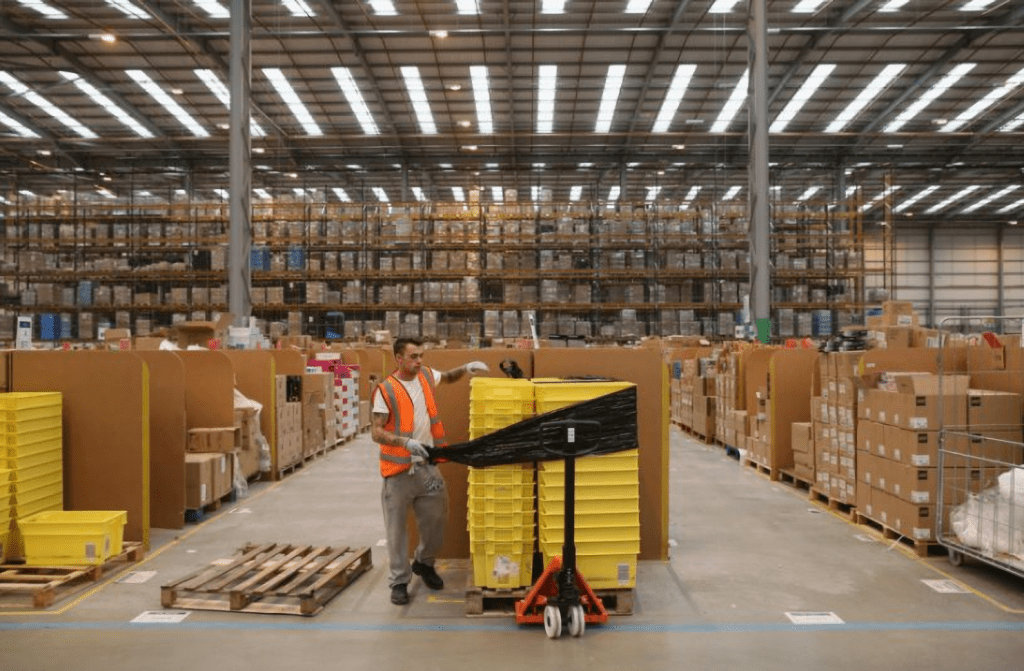
FBA Charging Standard
The fee of FBA consists of two items: storage fee and delivery fee. In addition, FBA can also provide a variety of optional payment services to help reduce the operating pressure on sellers, such as commodity labeling services, etc. Sellers can choose according to their own needs.
- Monthly Storage Fee
According to Amazon’s policy, the monthly storage fee is charged according to the daily average volume (in cubic feet, length x width x height (in inches)) of the space occupied by the seller’s inventory in the operation center.
Monthly storage fees are as follows:
- Long-term Storage Fee
On the inventory day, goods that have been stored in the operation center for 181 to 365 days will be charged 10 per cubic foot on the 15th day of each month. Goods that have been stored in the operation center for more than 365 days will be charged at 20 per cubic foot.
Amazon FBA’s delivery fee is calculated according to the weight and size of the product. In addition, it depends on whether the product is clothing or non-clothing, and then determine the product size segment (standard size or large size).
For dangerous goods, Amazon has special logistics channels for special treatment and storage of dangerous goods.
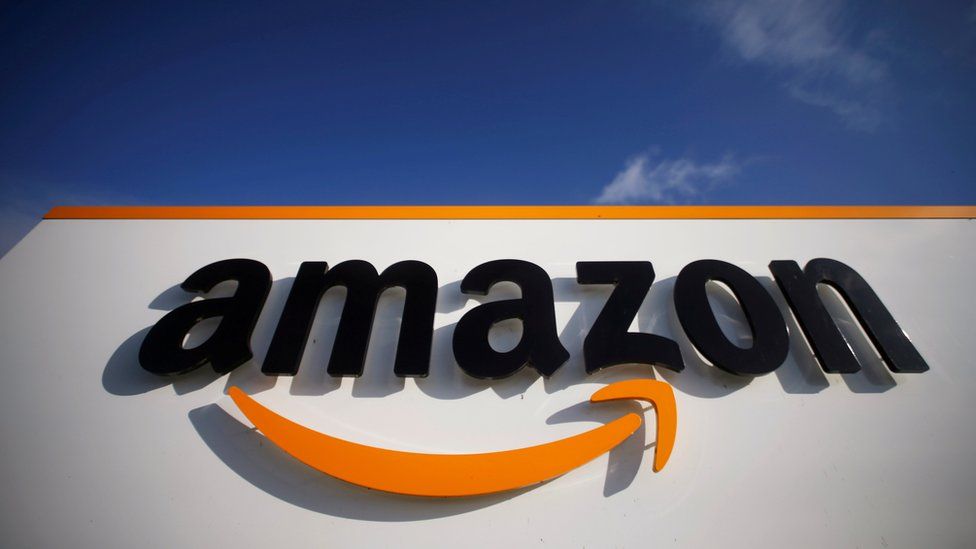
What is the Meaning of MFN Amazon?
Amazon’s MFN is called Merchant Fulfillment Network(also called Amazon FBM, Fulfillment By Merchant), which means that the seller delivers the goods from the seller to the buyer after receiving the buyer’s order, and the seller is also responsible for after-sales.
Advantages of Using Amazon MFN
Disadvantages Of Using Amazon MFN
MFN Charging Standard
No matter air or ship, the cost is generally calculated according to the actual weight or volume weight of the product, and the higher cost of the two is finally selected.
Weight (KG)= cargo volume (CBM)/ 0.006
Weight (KG)= length (CM)X width (CM)X height (CM)/ 6000
Freight = freight rate× freight ton = basic freight rate× (the sum of 1+surcharge )× freight volume
International express freight is calculated by volume and weight; Generally, the cost is calculated as a unit of 0.5kg, and the first weight+continuous weight is charged. If it exceeds 21kg, it will be charged for every 1kg, regardless of the first weight and the continued weight.
General billing formula: freight = first weight+(total weight kg× 2-1 first weight )× continuous weight.
For overseas warehouses, it is also necessary for the seller to deliver the goods to the designated overseas warehouse first, which means that international logistics costs are also required. Besides, there are also storage fees, management fees, and labor costs. For freight, it is mainly the cost of the last delivery, and it is also determined according to the specific delivery company, as well as the weight and volume of the product.
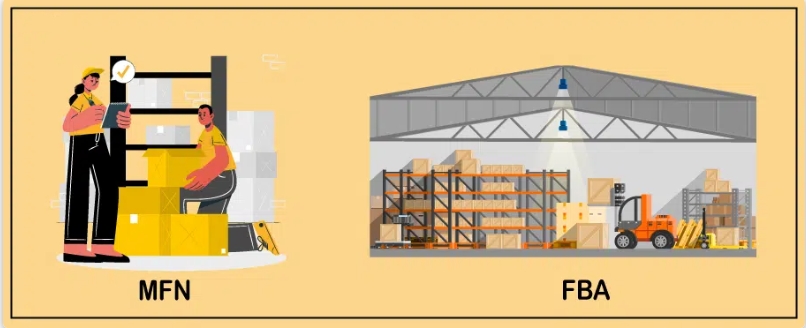
Amazon FBA vs MFN: How to Decide Which One is Right for you?
An excellent Amazon cross-border e-commerce operator can create a myth of explosive products and a miracle of explosive orders by no means relying on only one skill. If you want to be an excellent operator, you should not only be familiar with the efficient links of all links but also know the policies of the Amazon platform. One of the important but uncontrollable links is cross-border logistics.
For Amazon sellers, the platform has two delivery methods to choose from-FBA and MFN. Different methods are suitable for different sellers and different products. Novice sellers have a lot of doubts about these two delivery methods due to their lack of operational experience, now let’s talk about how to decide which one is right for Amazon sellers.
The Difference Between FBA And MFN
FBA: Fast delivery speed, usually the next day can be delivered.
MFN: Delivery period is 15-20 days.
FBA: Need to stock up, the investment is relatively large.
MFN: No need to stock up, you can release a large number of products.
FBA: There are relatively few SKUs, and the selection and product optimization are the key points.
MFN: There are more SKUs and more opportunities.
FBA: Pay attention to product quality and service efficiency.
MFN: Pay attention to product types, and you can copy many stores.
FBA: It takes a six-month growth cycle, which takes a long time.
MFN: It will take three months to stabilize, and you will see the benefits soon.
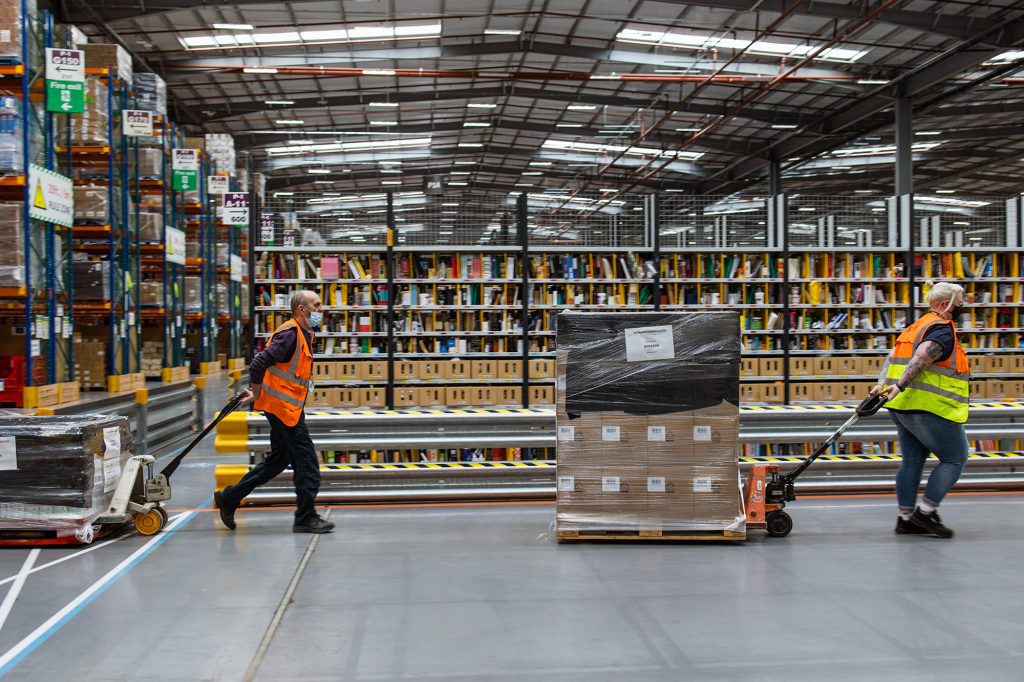
Sellers Suitable for FBA and MFN Respectively
Sellers Suitable For FBA:
Sellers Suitable For MFN:
Conclusion
As an Amazon seller, Amazon FBA and FBM logistics models must be familiar. No matter which one we choose, we should be clear about its advantages and disadvantages. There is no difference between the two ways, only profit is the last word. As a professional cross-border e-commerce company in China,
Honest FulPhilment can also help you contact more high-quality cross-border e-commerce resources. No matter where you are, we have very competitive prices, so please make your request and we will be very happy to serve you. Please contact us.
Amazon FBA vs MFN FAQ
Need a Quick Quote?
– Competitive price
– Quote within 24 hours
– 30+ Shipping methods
– Dedicated account manager
– Shopify/Woo integrations
– Autofulfil
– Auto tracking
– Plus much, much more

5 Best Wholesale Home Decor Suppliers 2023



10 Best Bikini Brands For Summer 2023








